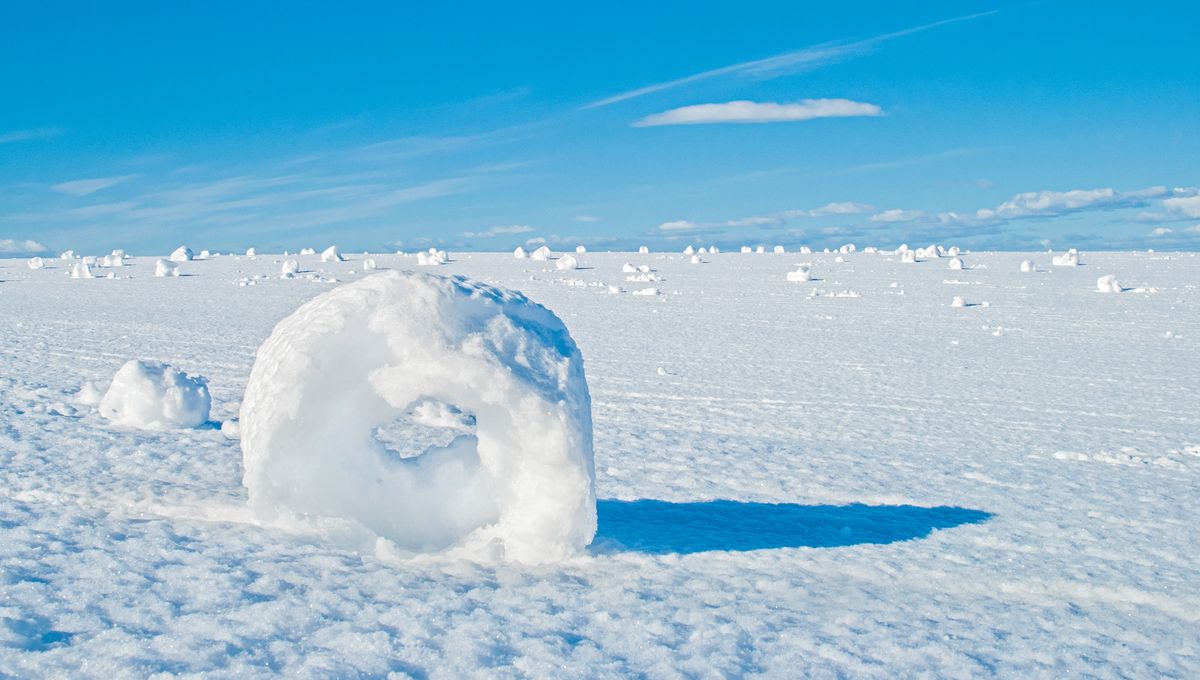
A snow day is always an exciting day (ok, less so as an adult who has to actually do things), but now imagine a snow day where you wake up and the fields are covered in white, cinnamon roll or donut-esque cylinders. No, snowmen haven’t become sentient and had their own Bake Off technical challenge – these are snow rollers.
Snow rollers are pretty much what it says on the tin – rolled-up snow. Unlike the kind of snowball that you lob at your friend, which is usually smooshed together before being rolled, these are rolled up in a manner akin to the large bales of hay that litter the fields at the end of summer, or a yoga mat.
As precise as this rolling might end up looking, snow rollers are an entirely natural phenomenon. But while they aren’t the result of human activity, they do still require a precise recipe in order for them to occur; the ingredients are a mix of temperature, moisture, wind, and of course, snow.
“The temperature has to be just a little bit above zero [°C, or 32 °F], so that there’s a little bit of surface liquid associated with the snow,” chemist Mary Anne White explained to CBC News. “And it has to be the right type of snow – a little bit wet, but not too wet, so that it sticks together, but it’s not too dense.”
The ground the new snow is going to land on either needs to be icy, or covered with a solid crust of existing snow.
Even the snowflakes that have the potential to become part of a snow roller also have to be of an exact nature, required to have fallen through the air at 5 °C (41 °F), as they too need to have some surface moisture.
It doesn’t end there either. The new snow also needs to be relatively thin – a couple of inches deep – and fresh, so that it can stick to itself, but not enough that it can’t be rolled.
The ingredient responsible for the rolling, wind, must be exact in its nature too.
“You have to have some wind, and the wind starts to push off the surface layer and push them along,” explained White, “but it has to be not too strong a wind because they’ll blow apart, and not too weak because then they won’t continue to roll.”
Speaking of snow rollers getting blown into smithereens, it helps if all of these conditions are occurring in an open space – they won’t stay intact if they come face to face at speed with a tree trunk or a building.
Unsurprisingly, such a precise set of requirements means that snow rollers are one of the rarer phenomena out there. If you’re one of the lucky few who gets to see them, however, that makes it even more of a treat than your usual snow day.
Source Link: What Are Snow Rollers?